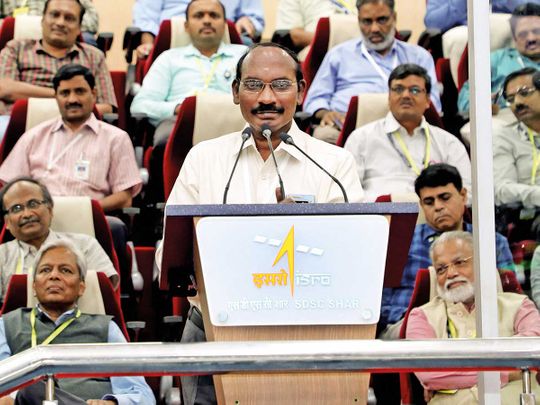
India’s second lunar mission has finally taken off, capping months of intense preparation by nearly 1,000 scientists and engineers of the Indian Space Research Organisation (Isro).
The entire mission cost Isro around $145 million. Just for perspective, Avengers: Endgame cost $356 million and Pirates of the Caribbean: On Stranger Tides $379 million.
Isro has always enjoyed global adulation as a cost-effective space pioneer — and Chandrayaan-2 is yet another proof of that.
The mission adds another first in India’s space history: the expedition is being led by two women — project director Muthaya Vanitha and mission director Ritu Karidhal.

But a lot of people have also questioned why India should spend $145 million to go to the moon when millions of its people live in poverty.
The answer lies in the sheer scope of this lunar mission, as well the achievements of the previous one. Chandrayaan-1 helped confirm the presence of water on the Moon’s surface in 2009.
Chandrayaan-2 hopes to be the breakthrough that will pave the way for human habitation on Earth’s galactic neighbour and eventually help set up a lunar base that benefits all future space exploration, especially those aimed at Mars.
Shorn of the frills and fantasies of Nasa, India’s lunar missions have united its best scientific brains to achieve gargantuan feats at a fraction of the latter’s cost — and Isro must be applauded for that.












